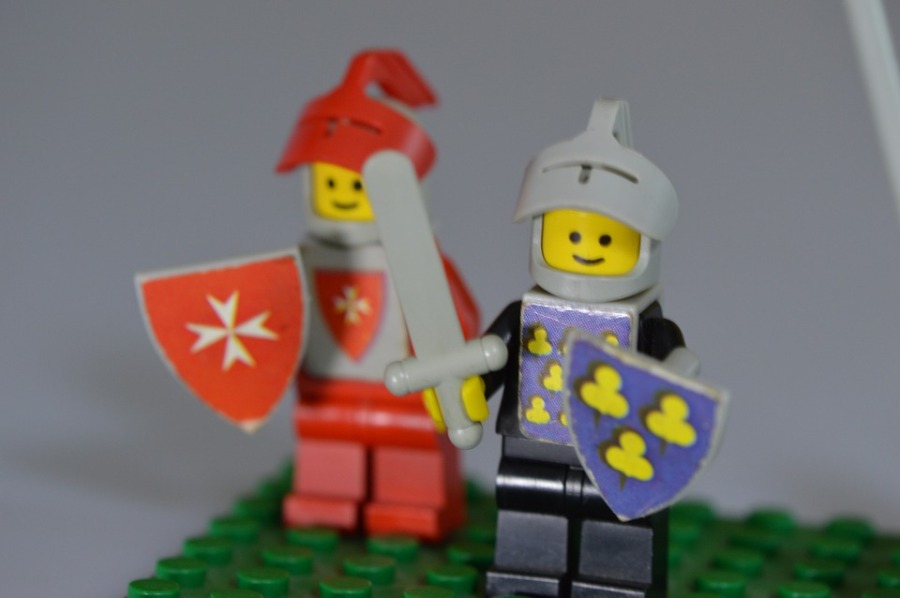What toys are readily available on the market for children to play with says a lot about how children are understood by parents and businesses, and also how children are crafted into adults. Barthes makes note that almost all toys for children are miniature versions of things which adults have. Traditionally, boys are marketed construction toys, play guns, and fireman outfits. Girls are traditionally marketed baby dolls, toy kitchenware and other household style toys.
There are toys for children which allow them to create, such as building blocks, but these are rare. Most toys are not merely miniature versions of adult objects, they are created with meaning. That meaning is design with in-built socialized values. Boys are sold toy guns because boys are told that it is good to grow up and become soldiers and fight for their country. The idea of playing with a gun familiarises the child with it, and it becomes an object of affection, around which the child will construct their future. The girls are marketed dolls, and doing so will condition them to believe their place is at home, playing ‘mummy’ in their adult life. In being conditioned to play ‘mummy’, other notions follow, those of the upkeep of the house, and of a life centred around the home. Barthes is not advocating this as right, merely explaining that this is the state of affairs.
Interestingly, in seeing these toys as accepted social objects, we see a further point- the values behind these toys must, at a general level, be accepted as the social norms by the adult world. In accepting that a toy gun is fine for a child, one does not merely accept that defending your country is normal, one accepts that war is normal. Barbie dolls teach children about beauty, but not real beauty, a socially constructed form of beauty. In consequence of being sold the idea of beauty as an object to be desired or worked towards, girls aren’t just being taught ‘beauty’, they are also being taught ‘ugliness’.
The child ‘can only ever identify himself as owner, as user, never as creator’. Barthes means that the child is never allowed to find their own meaning in the world, the meaning in the world is given to them. Sartre famously said that ‘man is condemned to be free’, meaning that we are thrown into a world against our will and forced to make our own sense of it. We are made to define ourselves in relation to the world, and fit into the world. The power of toys, however, is in giving us meaning, against our propensity to seek meaning. We search for our own understanding of life, but regardless of our search, we are told ‘this is the meaning of life- war, beauty, ugliness, bureaucracy, looking after the house, being a good wife…’, and thus our search for meaning is stunted, and instead, meaning is fed to us. The design of toys is the design of society, the design of life, and even the design of existential truth.
One final sign is in the very materials the toys are made from. They are no longer made of wood. That was a wonderful material for toys, it signified a closeness to nature. Wood isn’t complex enough in character for the object it fashioned to be facsimile of life. This was significant because it left our experience of toys open to interpretation and personal experience. The character of woodiness was organic, it felt good and sturdy, so was reassuring. Plastic toys have quite the opposite effect. Their manufactured look not only lacks the organic, human-crafted feel of wood, but each plastic toy is synthesised and moulded exactly into the thing it is. Toys are now chemical in substance and in nature. The advent of the manufactured toy was the advent of the manufactured life, and the advent of the manufactured social ideal.
This post is in series, to read the others, please click HERE.

very meaningful reading. opens up perspectives which are there but never realised.
LikeLiked by 1 person
Thank you. That’s one thing I love about reading Barthes, he saw life on so many levels, and so eloquently peeled those layers of life back. A fascinating writer.
LikeLike